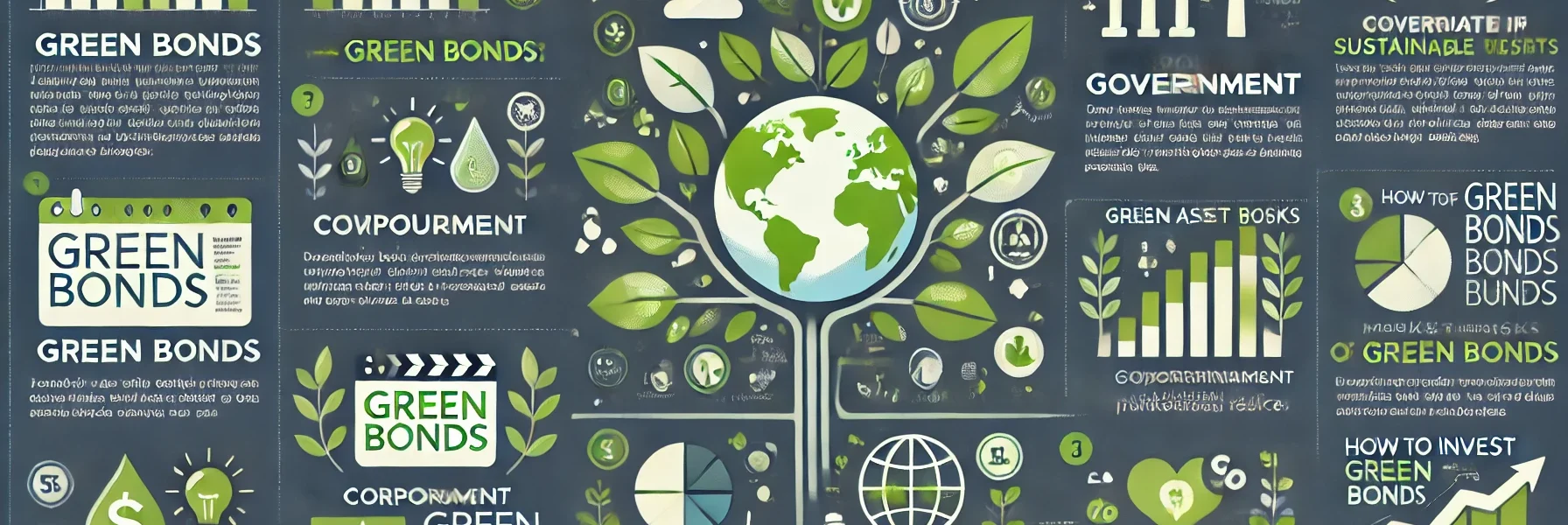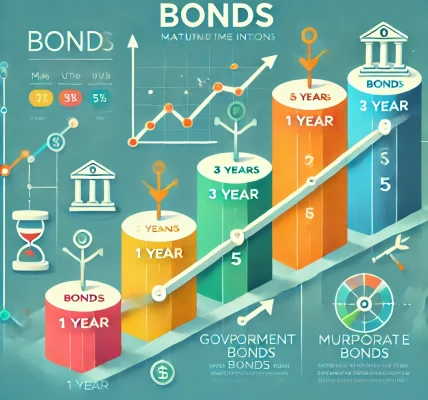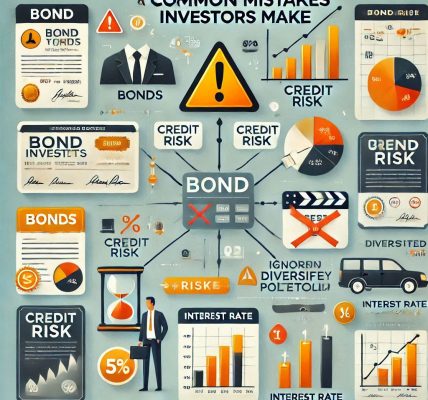As global awareness of environmental challenges grows, so does the demand for sustainable investment options. Green bonds have emerged as a compelling choice for investors seeking to align their portfolios with environmental and social responsibility while earning competitive returns. In this article, we’ll explore what green bonds are, their benefits, risks, and how they fit into a diversified investment strategy.
What Are Green Bonds?
Green bonds are fixed-income securities specifically issued to finance projects with positive environmental impacts. These projects may focus on renewable energy, clean transportation, sustainable water management, and other eco-friendly initiatives. Green bonds function similarly to traditional bonds, offering periodic interest payments (coupons) and returning the principal amount at maturity.
Key Features of Green Bonds
- Use of Proceeds: Funds raised must be allocated exclusively to eligible green projects.
- Transparency: Issuers typically provide detailed reporting on the environmental impact and how funds are used.
- Certification and Standards: Many green bonds follow established frameworks, such as the Green Bond Principles (GBP) by the International Capital Market Association (ICMA).
The Growth of the Green Bond Market
The green bond market has experienced exponential growth since the first green bond was issued by the European Investment Bank in 2007. According to the Climate Bonds Initiative, the global issuance of green bonds surpassed $500 billion in 2023, reflecting growing investor appetite and regulatory support.
Why Invest in Green Bonds?
Investing in green bonds offers a unique opportunity to generate financial returns while contributing to a sustainable future. Here are some compelling reasons to consider green bonds:
1. Environmental Impact
Green bonds directly finance projects that reduce carbon emissions, promote renewable energy, and address climate change. Investors can play a pivotal role in fostering a low-carbon economy.
2. Financial Returns with Purpose
Green bonds typically offer yields comparable to conventional bonds of similar credit quality. This allows investors to pursue financial objectives while supporting environmental goals.
3. Portfolio Diversification
Including green bonds in a diversified investment portfolio provides exposure to new sectors and reduces overall risk. They are available in various maturities and credit ratings, offering flexibility.
4. Regulatory and Policy Support
Governments and regulatory bodies increasingly support sustainable finance through incentives and policies. This growing backing enhances the long-term viability and attractiveness of green bonds.
Types of Green Bonds
Green bonds come in several forms, each with unique characteristics and purposes:
1. Corporate Green Bonds
Issued by private companies to fund eco-friendly projects like renewable energy, energy efficiency, and sustainable infrastructure.
Example: Apple and Google have issued green bonds to finance renewable energy and sustainable supply chains.
2. Government and Municipal Green Bonds
Issued by national, state, or local governments to finance public environmental projects such as clean water systems and energy-efficient public transportation.
Example: The U.S. Treasury plans to issue green bonds as part of its sustainability initiatives.
3. Supranational Green Bonds
Issued by international organizations like the World Bank to fund global climate and sustainability initiatives.
Example: The European Investment Bank (EIB) is a major issuer of supranational green bonds.
4. Green Asset-Backed Securities (ABS)
Backed by cash flows from green projects, such as solar panel installations or energy-efficient buildings.
Evaluating Green Bonds: What Investors Should Consider
When considering green bonds, thorough due diligence is essential to ensure alignment with your financial goals and ethical values.
1. Issuer Credibility
Assess the credit rating and track record of the issuing entity to gauge repayment reliability.
2. Green Bond Framework
Review the issuer’s adherence to recognized standards like the Green Bond Principles (GBP) to verify the legitimacy of environmental claims.
3. Impact Reporting
Ensure the issuer provides regular and transparent reports detailing the use of proceeds and the environmental benefits achieved.
4. Yield and Duration
Compare the bond’s interest rate and maturity period with conventional bonds to evaluate potential returns and interest rate sensitivity.
Risks of Green Bond Investments
While green bonds offer meaningful benefits, investors should be aware of potential risks:
1. Greenwashing Risk
Some issuers may exaggerate or misrepresent the environmental benefits of their projects. Relying on certified green bonds can mitigate this risk.
2. Market Risk
Green bonds are subject to the same interest rate and credit risks as traditional bonds, which may impact their value in secondary markets.
3. Liquidity Risk
Certain green bonds may have lower trading volumes, making them harder to sell before maturity.
4. Regulatory Changes
Evolving regulations may impact the classification and eligibility of green bonds, affecting market perceptions and investor confidence.
How to Invest in Green Bonds
Green bonds are accessible to individual and institutional investors through various channels:
1. Direct Purchase
Investors can purchase green bonds directly from issuers during new offerings or via secondary markets through brokers.
2. Green Bond Funds and ETFs
Mutual funds and Exchange-Traded Funds (ETFs) specializing in green bonds offer diversified exposure with professional management.
3. Government Initiatives
Some governments offer retail-focused green bonds, allowing everyday investors to support public sustainability projects.
Best Practices for Green Bond Investing
- Diversify: Include green bonds from different sectors and issuers to spread risk.
- Research Thoroughly: Analyze issuers, frameworks, and third-party certifications.
- Monitor Performance: Regularly review financial returns and environmental impact reports.
- Align with Goals: Ensure green bond investments align with your financial and sustainability objectives.
The Future of Green Bonds
The green bond market is poised for continued growth as climate change concerns intensify and sustainability becomes a priority for governments and corporations. Innovations like blue bonds (for ocean conservation) and social bonds (addressing social issues) further expand opportunities in sustainable finance.
Conclusion
Green bonds represent a powerful investment tool for those seeking to earn competitive returns while making a positive environmental impact. By carefully selecting credible issuers, understanding associated risks, and aligning with global sustainability standards, investors can play a vital role in financing a greener future while achieving their long-term financial goals.
As with any investment, conducting thorough research and consulting with financial advisors can help ensure that green bonds effectively complement your overall investment strategy.




